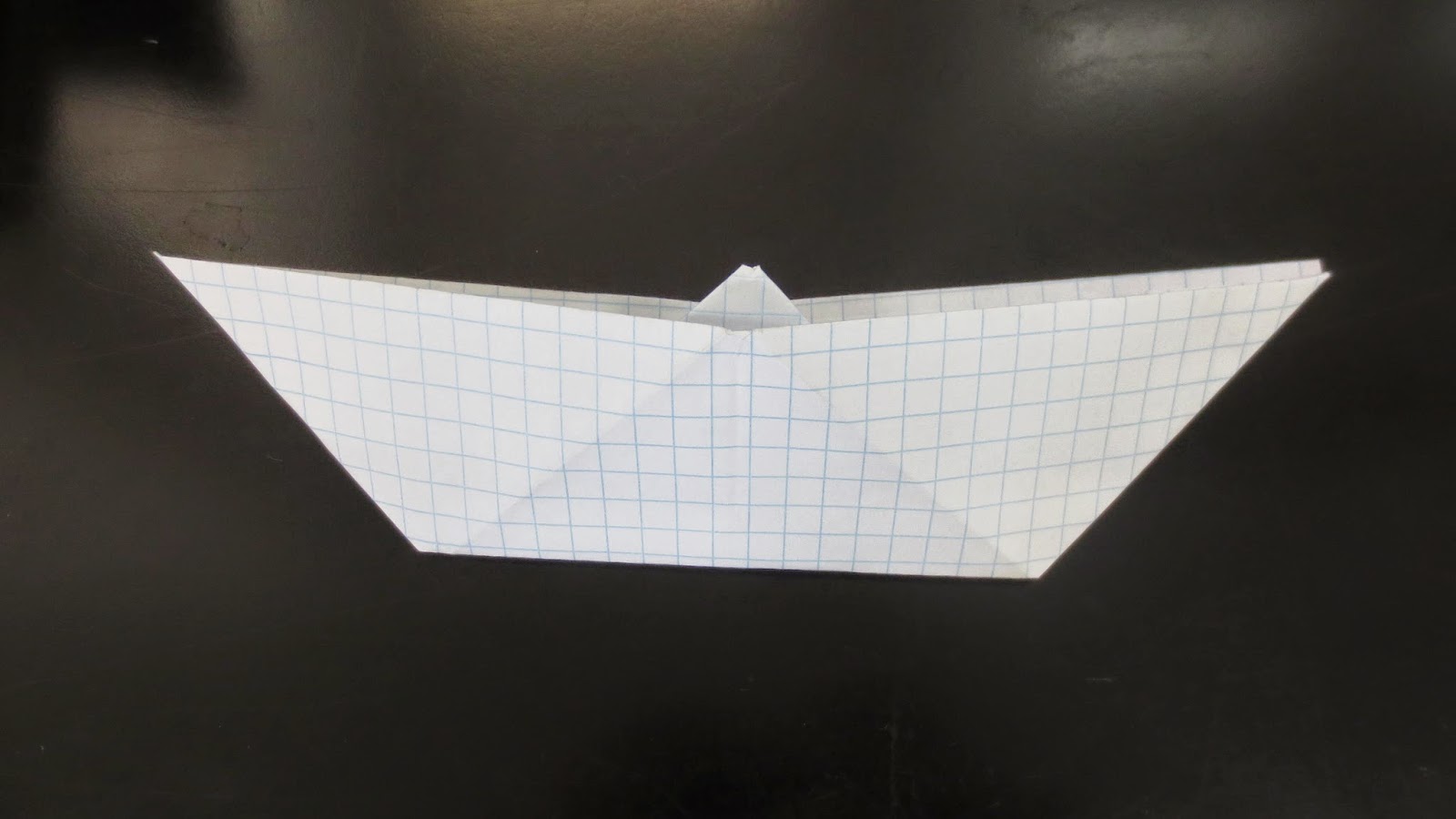Portrait
Full Front
Full front picture, set camera on program using the function settings and clicking program.
Close Up
Using your camera, set color to black and white, and take your picture, lighting is very important.
Half
Using your camera, set colors to sepia, and take picture.
Blur
Blur Original
Set exposure to very high, with also a very high ISO to take a blur picture.
Blur Artificial
Take a normal picture, and then trace the background, using your picture editor (photoshop/ gimp) and go to filters and then click motion blur.
Macro
Macro
Set your camera on macro, and go close to your object take the picture.
Macro
Picture pf a switch, you can see the detail of the scratches very clearly.
Stop Action
Taking this picture takes the right time, you can see the water very clearly.
Stop Action
Textures
in-between texture and macro. you can see the aluminum texture clearly.
Parallel lines
Objects
Having the right Back ground is something you should always be aware of, For this types of picture the key to a good photograph is the background.
Dyptic

Sequence
How to make a paper boat
5 Filters of The Spoon

Invert
 Emboss
Emboss
Monochrome
Experimenting with colors
Posterize
Portraits With Masks
Black/White with Mask
Potrait
Normal with Mask
and Hat
Black/White with Mask
Margaret Bourke White
In the beginning of her life she was never fond of photography and she thought of becoming a zoologist. She picked up her first camera when her father died at 1921, after many applications to different colleges she then enrolled in a class at Columbia university to study art. This class was on design and composition, although she didn't know this at the time, this class, was the concrete base of her photography career. Again after that college she went into seven different colleges to study different types of art. The beginning of her photography career was at her final college when she wanted to make a quick buck, she had a idea to take pictures of her campus and sell these images. Her photos were a huge success. Frequent calls came to her from architects asking whether she was studying to become a photographer, which never really crossed her mind until that point. She was accepted by a very large architectural company and she began her career as a industrial photographer. After some years of taking pictures of buildings she decided to make her own studio, and started to travel around the world. She was known to be the daredevil photographer because there were many times were she risked her life to take amazing pictures. After she took the famous Gandhi picture in India, she left to north Korea for some time only to realize she had Parkinson disease, and was unable to continue her career and wrote her biography with the disease.






























.JPG)






